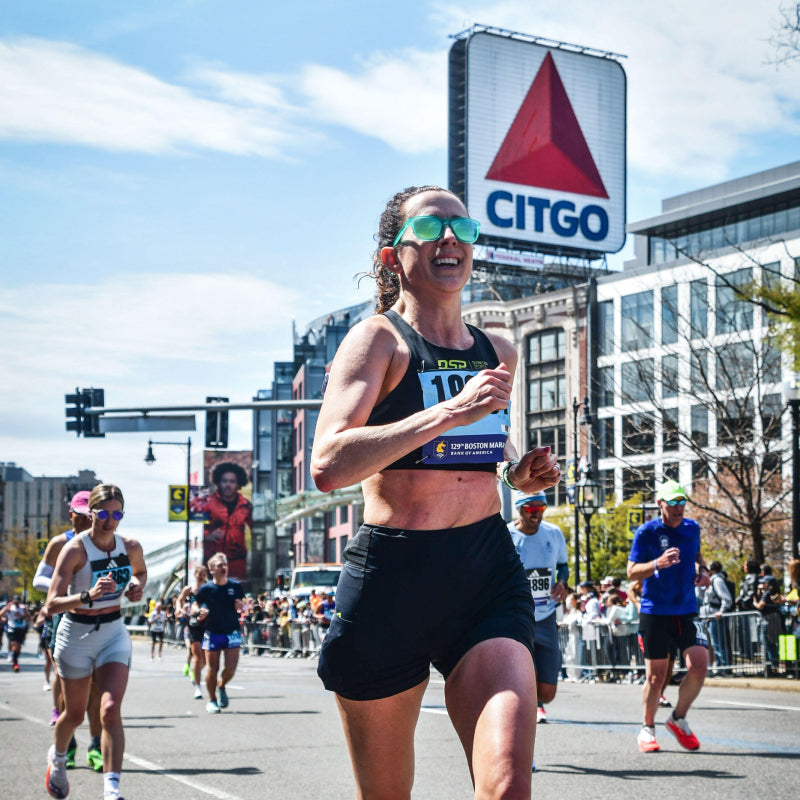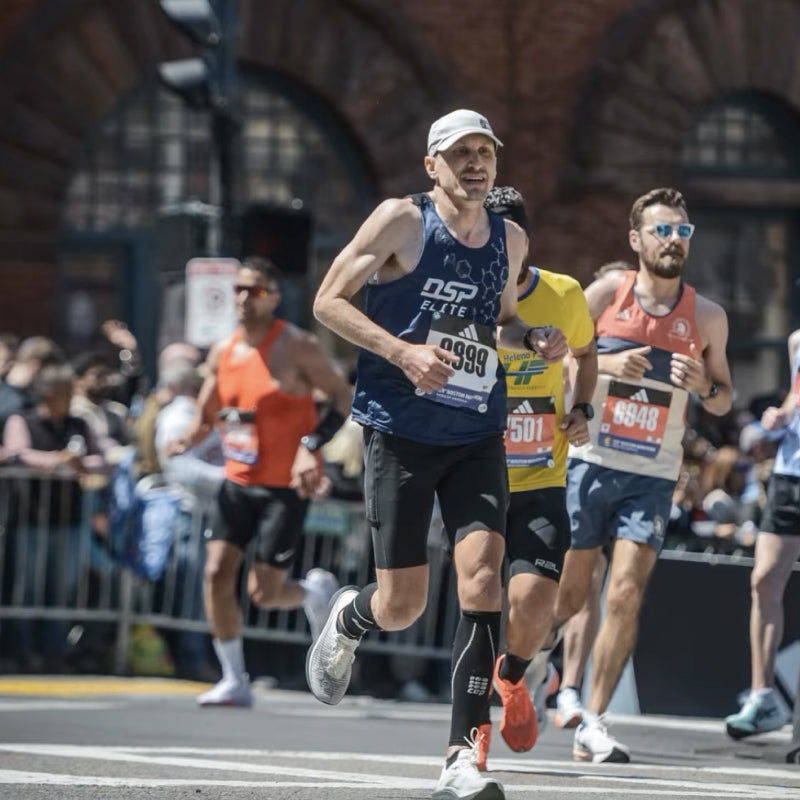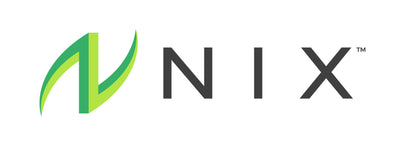written by: Olivia Crozier
While hydration tracking is critical for all athletes, it holds particular importance for those managing chronic conditions—especially athletes with Type 1 Diabetes (T1D).
Understanding Type 1 Diabetes
T1D is a chronic autoimmune disease in which the immune system mistakenly attacks insulin-producing beta cells in the pancreas. Without insulin, the body can’t properly metabolize glucose for energy, leading to dangerously high blood sugar levels. Individuals with T1D rely on insulin therapy—through injections or a pump—and are highly attuned to managing blood glucose. However, hydration tracking is often overlooked, despite being a vital component of their performance and safety.
Why Hydration Matters More for Athletes with T1D
For athletes with T1D, the importance of hydration is both physiological and psychological:
⬢ Physiologically, when blood glucose levels run high, glucose—and eventually ketones—spill into the urine, leading to increased fluid loss and dehydration.
⬢ Psychologically, T1D athletes are laser-focused on keeping their glucose within target, sometimes at the expense of other crucial factors like hydration, which has only recently become easier to monitor with new technologies.
To better understand and support the hydration needs of T1D athletes, the Nix team partnered with the Diabetes Sports Project (DSP) during their preparation for the 2025 Boston Marathon. Co-founded by T1Ds Eric Tozer and Casey Boren, DSP brings together elite diabetic athletes who inspire and educate others in the diabetes community through their achievements and advocacy.
One standout athlete in this initiative was Lauren Adams of Eagle, Idaho, a Registered Dietitian, Certified Diabetes Educator, and experienced marathoner with T1D.
Lauren’s Journey: From Trial-and-Error to Data-Driven Hydration
Lauren’s story is a powerful example of how proper hydration can transform performance. She first ran the Boston Marathon in 2016 with high hopes—but the race didn’t go as planned.
“I’ve been running for as long as I can remember and my focus is always on managing my diabetes well in order to perform at high levels. I’ve run 10 marathons and trained in all kinds of weather and elevations. My first Boston in 2016 gave me a real lesson in hydration. I was so focused on my blood sugars and going fast that I skipped water stops and didn’t follow a hydration plan. I ended up severely dehydrated, threw up at mile 25, and needed an IV at the finish. Looking back, hydration was a simple solution—but I didn’t have the tools then to get reliable, detailed feedback.” – Lauren Adams
When she returned to Boston in 2024, she placed greater emphasis on hydration, though her approach was still largely based on intuition and trial-and-error. The result? A race completed without medical issues and a drastically improved finish time.
2025: A New Chapter with the Nix Hydration Biosensor
In 2025, Lauren took it a step further by incorporating the Nix Hydration Biosensor into her training. This cutting-edge tool gave her real-time insights into her sweat rate, electrolyte losses, and overall sweat composition—allowing her to tailor her hydration strategy to her personal physiology and the expected race-day conditions using the Nix Index score.
The result? Lauren ran her best Boston Marathon yet, finishing strong and healthy with a time of 3:28:15. On race day, conditions showed a Nix Index of 45 (Moderate), during which Lauren lost 107 oz of sweat and 4,416 mg of total electrolytes, resulting in a sweat composition of 41.5 mg/oz.

“Having that data changed everything. I wasn’t guessing anymore—I knew exactly what my body needed and when. I used almost every water stop and despite the warm conditions, I had my best Boston yet and the recovery was 10x better than I have experienced in past years. I can’t wait to come back next year!”
– Lauren Adams
Furthering the Breakthroughs: Ricky’s Story
Lauren wasn’t alone in her transformation. Ricky Pfeifer, another DSP athlete of Absecon, NJ, experienced a major breakthrough in his hydration strategy during Boston training this year. Historically, Ricky battled severe muscle cramps often sidelining him during races.
This year, Ricky not only stayed cramp-free but also earned a massive personal best: a 2:42:55 finish and his first sub-3-hour marathon.
“I drank from all the water stations except for two during the race. In prior marathons I would only drink from a couple of stations. I also took SaltStick hydration chews throughout the race. I was taking 2-3 chews at a time around every 5K. This was the first marathon that I didn’t have to walk due to hamstring cramps during the race. I always knew I was a heavy sweater, but never knew how much I actually lost in both fluids and electrolytes.”
– Ricky Pfeifer

The Takeaway: Personalized Hydration Is Performance Hydration
Lauren and Ricky’s experiences reinforce a critical lesson: understanding individual hydration needs is essential—not just for peak performance, but for preventing muscle cramps, fatigue, and dehydration that can derail even the most experienced athletes.
With the right tools, data, and strategies, athletes—especially those managing conditions like T1D—can reach new levels of performance and resilience.





